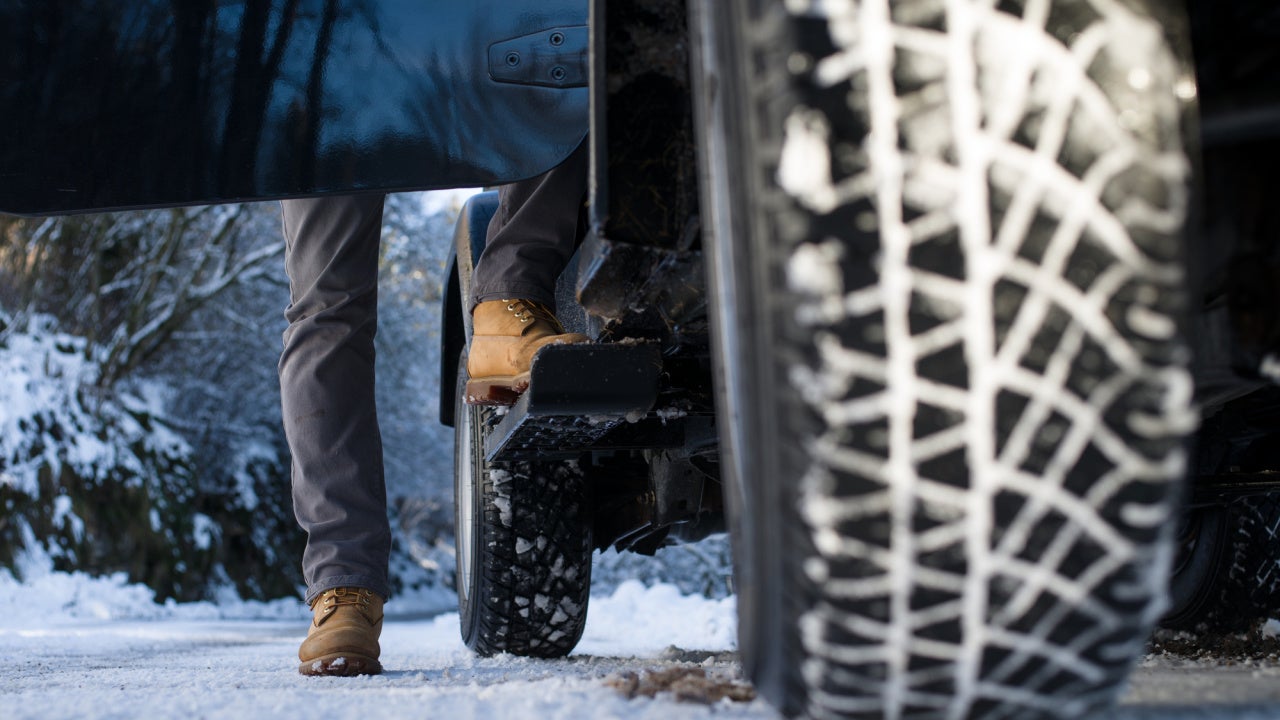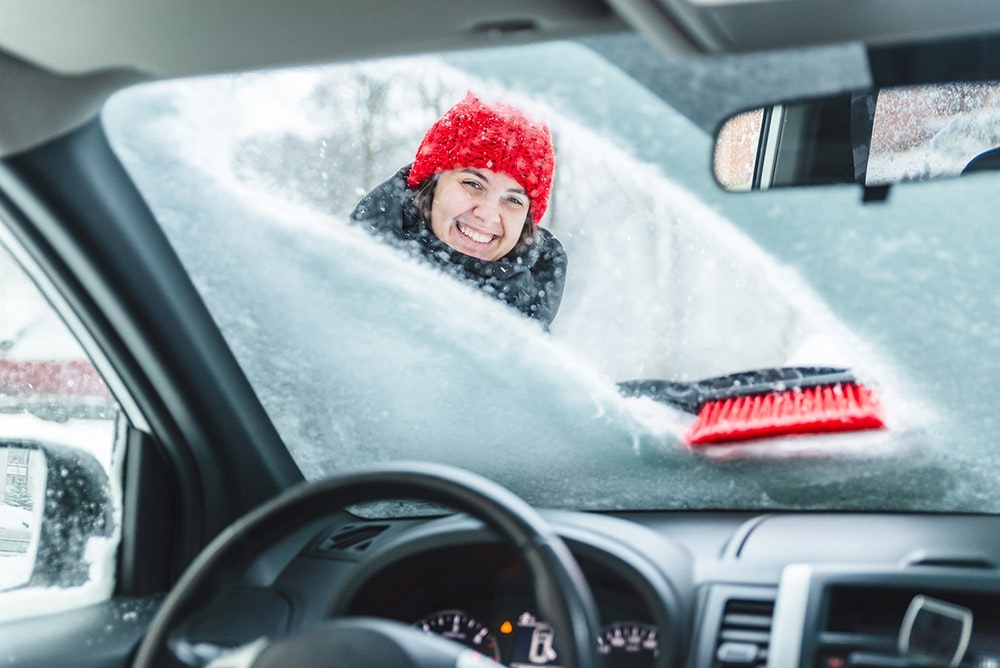Here are some good tips when you are getting your car ready for winter.....
As winter approaches, it's crucial to prepare your car for the challenging conditions that come with the season. From plummeting temperatures to icy roads, the colder months can be tough on vehicles. Ensuring your car is winter-ready not only enhances its performance but also contributes to your safety on the road. In this comprehensive guide, we'll cover essential steps to get your car ready for winter.
- Check Your Battery:
One of the first things to inspect is your car's battery. Cold weather can be particularly hard on batteries, as they tend to lose power in lower temperatures. Before winter sets in, have a professional check your battery's charge and replace it if needed. It's also advisable to clean the battery terminals and ensure a secure connection to prevent any starting issues in the colder months.
- Inspect Your Tires:
Tires are your car's primary contact with the road, making them crucial for winter driving. Check the tread depth and consider switching to winter tires if you live in an area with heavy snowfall. Winter tires are designed to provide better traction and handling in cold conditions. Also, ensure your tires are properly inflated, as tire pressure tends to drop in colder weather.

- Fluid Check:
Various fluids play a crucial role in your car's performance, especially during winter. Check the levels of engine oil, coolant, transmission fluid, and brake fluid. Cold temperatures can affect the viscosity of these fluids, so ensure they are at the right levels for optimal performance. Consider switching to winter-grade oil, which performs better in colder conditions.
- Replace Wiper Blades and Fluid:
Visibility is key when driving in winter weather, and properly functioning wiper blades are essential. Replace old, worn-out wiper blades with new ones to ensure a clear windshield. Also, use a winter-grade windshield washer fluid that won't freeze in colder temperatures. This simple step can greatly improve your visibility during snow and sleet.
- Check Your Heater and Defroster:
Make sure your car's heater and defroster are working efficiently. The heater is essential for keeping you warm inside the car, while the defroster ensures clear visibility by preventing frost and condensation on the windows. If you notice any issues, have them addressed before winter arrives.
- Inspect Lights and Signals:
With shorter days and longer nights, proper lighting on your vehicle becomes even more critical. Check all exterior lights, including headlights, brake lights, and turn signals. Replace any burnt-out bulbs and ensure that the lights are correctly aligned for maximum visibility. This is crucial for your safety and the safety of others on the road.
- Carry an Emergency Kit:
Winter weather can be unpredictable, and it's wise to be prepared for any situation. Put together an emergency kit that includes items like a blanket, flashlight, extra batteries, non-perishable snacks, a first aid kit, and a small shovel. In case you get stuck in the snow, having these essentials on hand can make a significant difference.

- Protect Your Exterior:
Winter conditions can be harsh on your car's exterior. Consider applying a protective wax coating to your vehicle to shield it from road salt, snow, and ice. This not only helps maintain the appearance of your car but also prevents corrosion and rusting.
- Keep Your Fuel Tank Full:
During winter, it's a good idea to keep your fuel tank as full as possible. This minimizes condensation inside the tank, which can lead to fuel line freeze-ups. Additionally, having a full tank provides a safety buffer in case you get stranded or stuck in traffic due to winter weather.
- Learn Winter Driving Techniques:
Preparing your car for winter is not only about the vehicle itself but also about your ability to drive safely in challenging conditions. Take the time to learn and practice winter driving techniques, such as how to control skids, how to brake properly on icy roads, and how to navigate through snow. Being familiar with these skills can significantly enhance your safety during winter driving.
Conclusion
Getting your car ready for winter involves a combination of preventive maintenance, inspections, and being prepared for unexpected situations. By following these steps, you'll not only ensure that your vehicle can handle the challenges of winter but also increase your safety and the safety of others on the road. Winterizing your car is an investment in its longevity and your peace of mind during the coldest months of the year. Take the time to prepare, and you'll be better equipped to face whatever winter throws your way. We hope this helps you while you are getting your car ready for winter!
